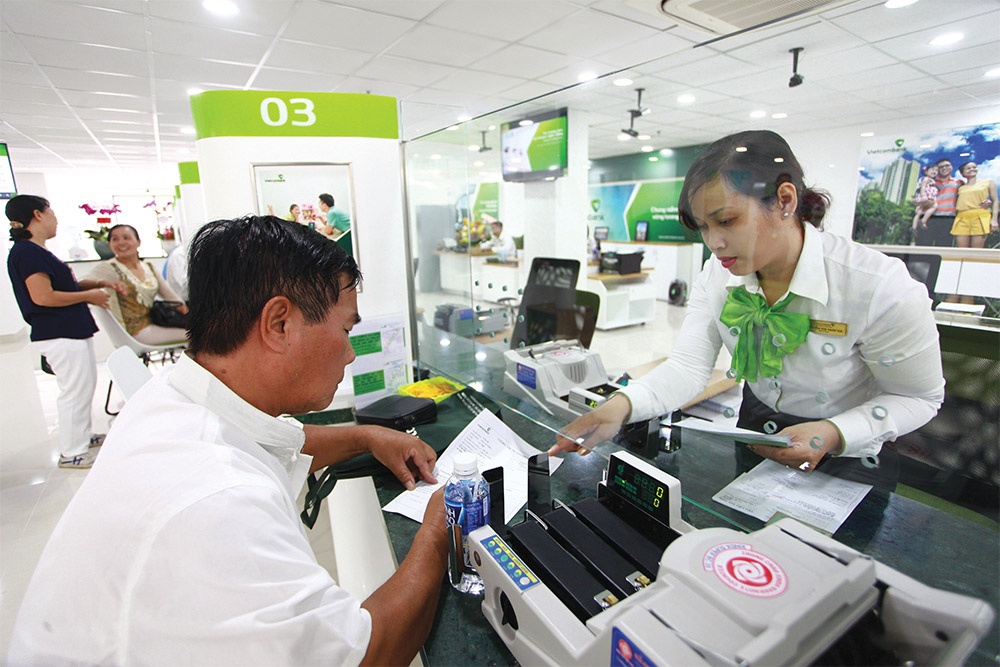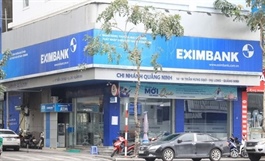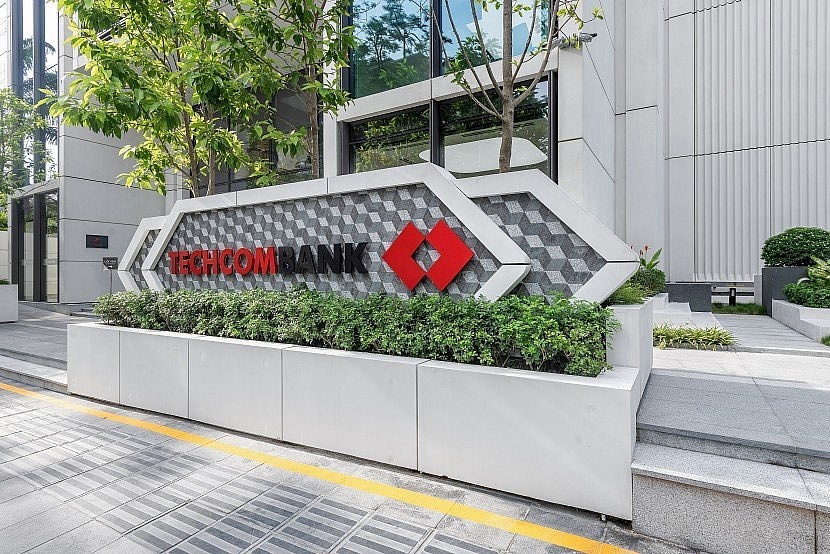Credit growth cap strategy on the cards
Credit growth cap strategy on the cards
The State Bank of Vietnam last week signalled its ambition to explore a roadmap to lift credit growth caps, potentially allowing commercial banks greater flexibility in their lending activities.

Deputy Governor of the central bank (SBV) Pham Quang Dung stated, “The SBV is currently implementing proactive and flexible credit management solutions in line with macroeconomic and inflation developments, to facilitate access to credit for businesses and individuals.”
He emphasised that setting annual credit growth targets has helped maintain transparency and align with macroeconomic objectives. Under the direction of the National Assembly and the government, the SBV is now reviewing plans to remove these caps, aiming to give banks more freedom in expanding their lending to meet the economy’s growing demand for capital.
Many bank executives and industry experts believe that eliminating credit caps could bring significant benefits, especially in strategic planning.
One key advantage is that banks would gain the autonomy to develop their business plans without being constrained by SBV-imposed limits. Currently, banks must wait for SBV approval to expand their credit limits, which often delays their lending activities, even when they have the capital and market demand to do so.
In the first three quarters of this year, credit growth among banks showed considerable divergence. Some institutions reported growth rates that were double the system-wide average of 7.38 per cent as of September 17, while others lagged behind, even facing negative growth, resulting in a mismatch where some banks hit their credit ceilings while others fell short.
The heads of both LPBank and HDBank said their credit growth had reached 15 and 16 per cent, respectively, this year, and they are keen for the SBV to grant additional credit room.
Other banks, such as ACB, Techcombank, MB, and NamABank, also reported strong credit growth during the first eight months, with hopes that their credit limits will be expanded further.
In contrast, smaller banks struggled with low credit growth. At the end of June, according to Q2 financial statements, 10 banks had growth rates below 5 per cent since the end of last year, with some even experiencing negative growth. Notable underperformers include ABBank (-7.2 per cent), Saigonbank (1.8 per cent) and BVBank (3.2 per cent).
This year, the SBV allocated credit limits to commercial banks at the beginning of the year. However, as some banks neared their credit growth limits, it issued a directive effective from August 28, allowing banks that have achieved at least 80 per cent of their credit target to autonomously increase their lending without requiring additional regulatory approval.
An executive of a privately held bank in Vietnam told VIR that removing credit growth caps would grant banks greater flexibility in developing credit products and quickly capitalising on business opportunities.
“This shift is especially critical in today’s competitive financial landscape, where businesses’ demand for capital is continuously increasing. Without the constraints of rigid credit growth targets, banks could allocate credit more effectively, responding swiftly to the needs of the economy,” the executive stated.
“This change would also benefit businesses, particularly smaller ones, by improving their access to credit. Many companies currently struggle to secure loans due to restricted credit limits,” he added. “Greater lending freedom for banks would mean more funding opportunities, spurring investment, expanding production, and contributing positively to economic growth.”
While lifting credit caps promises significant advantages, it also carries risks for the financial system and the broader economy. A key concern is that, without adequate control, credit could grow too quickly, leading to inflation and asset bubbles.
“Rapid credit expansion could exert inflationary pressures, especially in a global environment marked by volatile inflation rates and unpredictable raw material prices,” said economist Le Xuan Nghia. “The risks associated with removing credit caps need to be carefully managed through alternative measures.”
He suggested that countries often rely on systemic safety indicators, such as the minimum capital adequacy ratio and return on assets/equity, to safeguard their banking systems. Using these metrics allows banks to strike a balance between growth and risk management, preventing excessive credit expansion that could destabilise the economy.


























